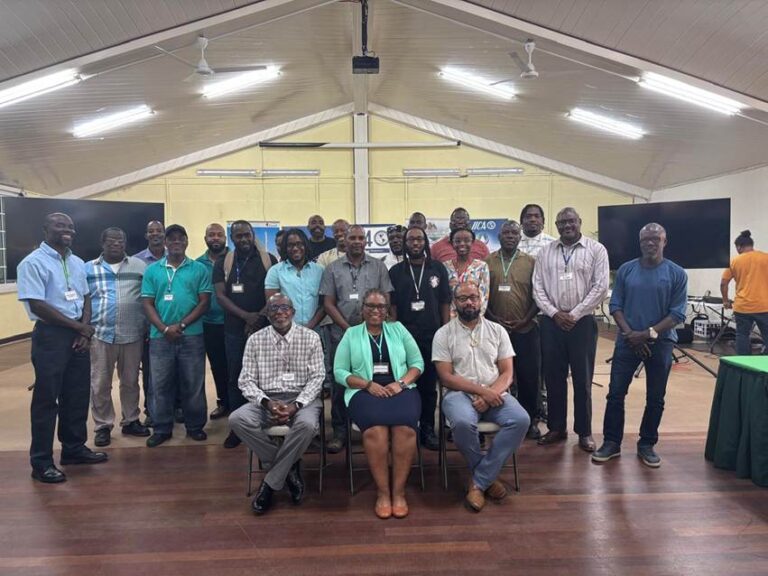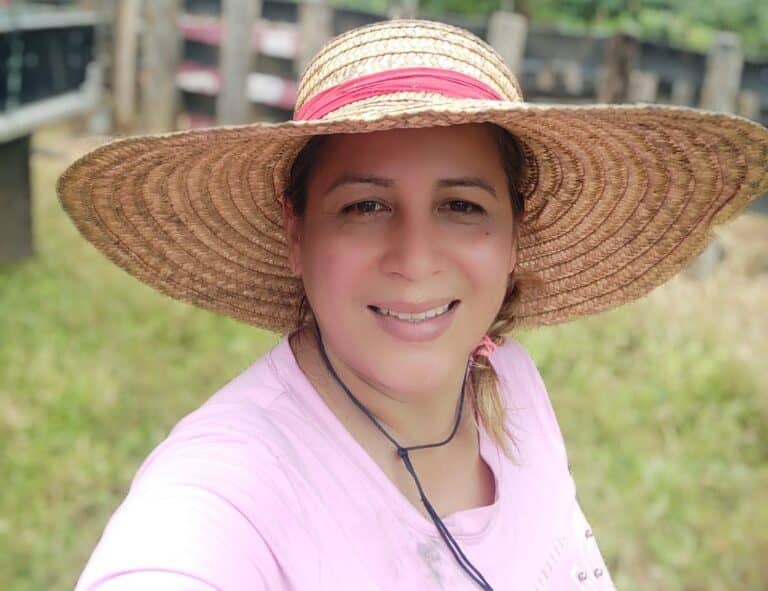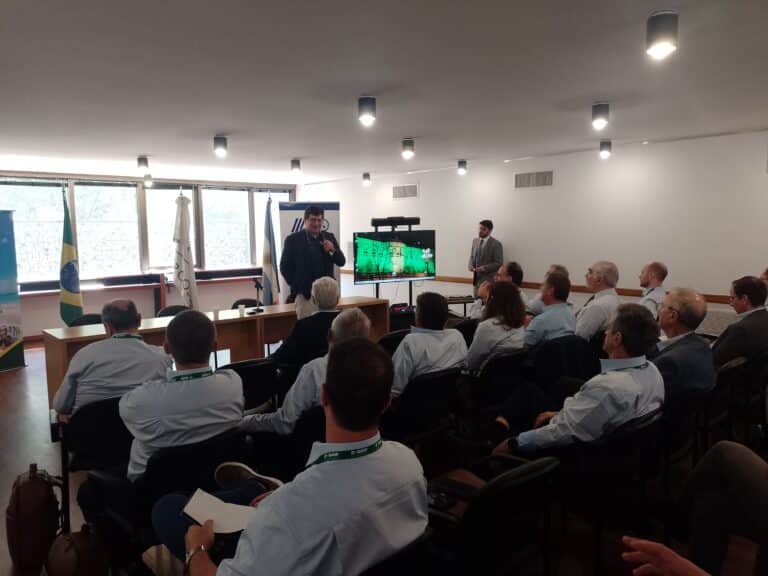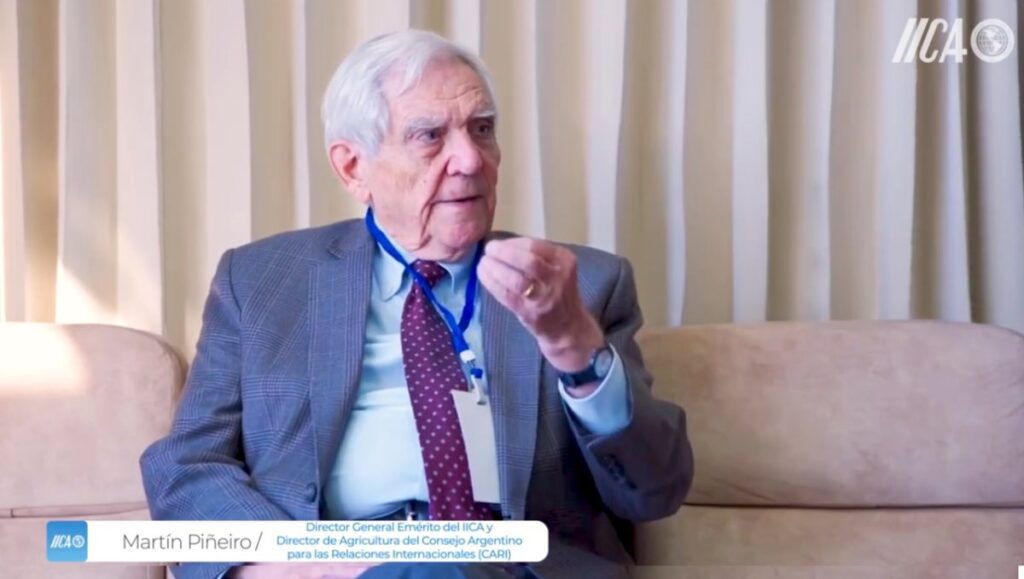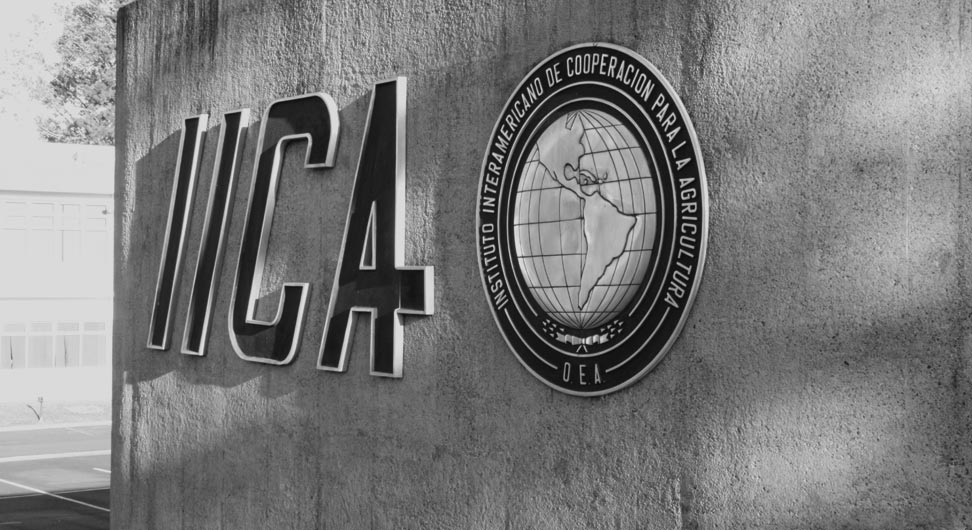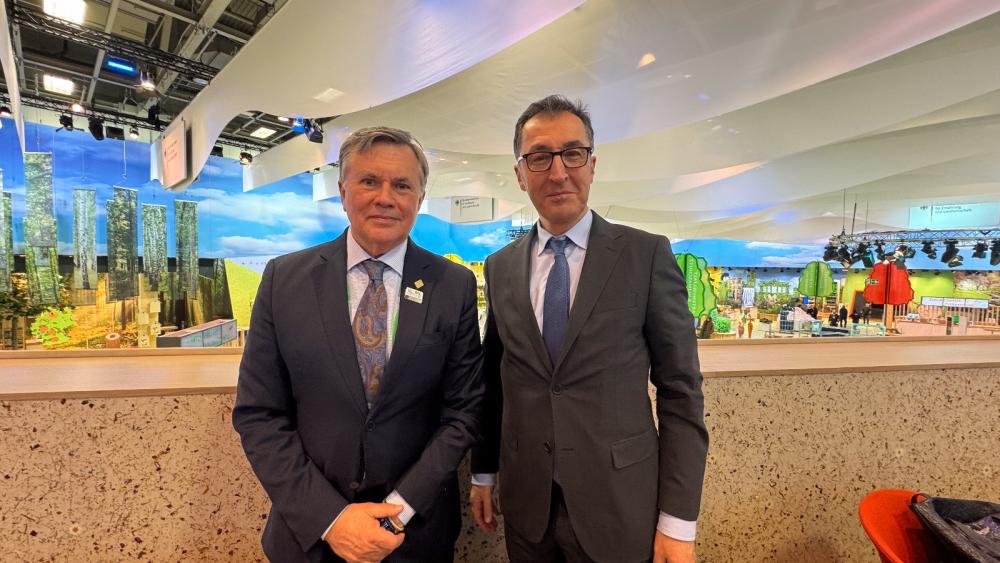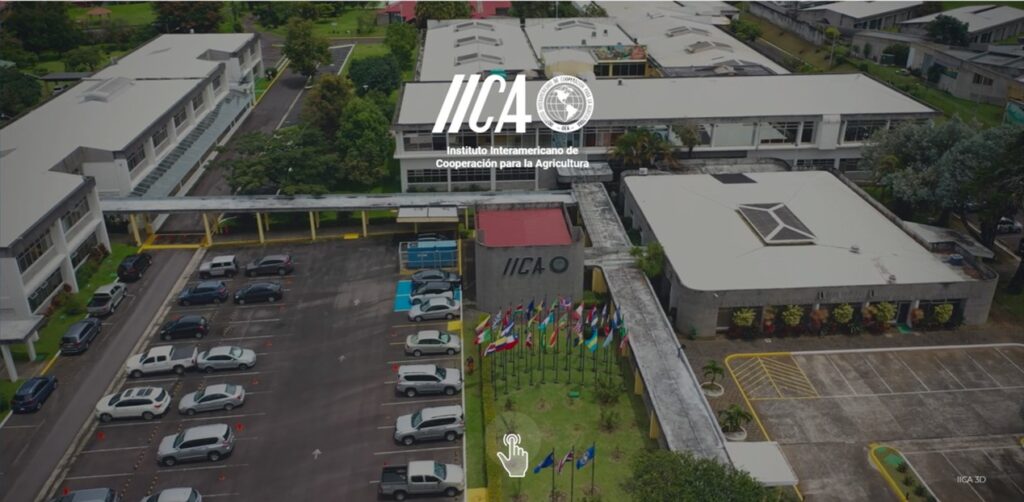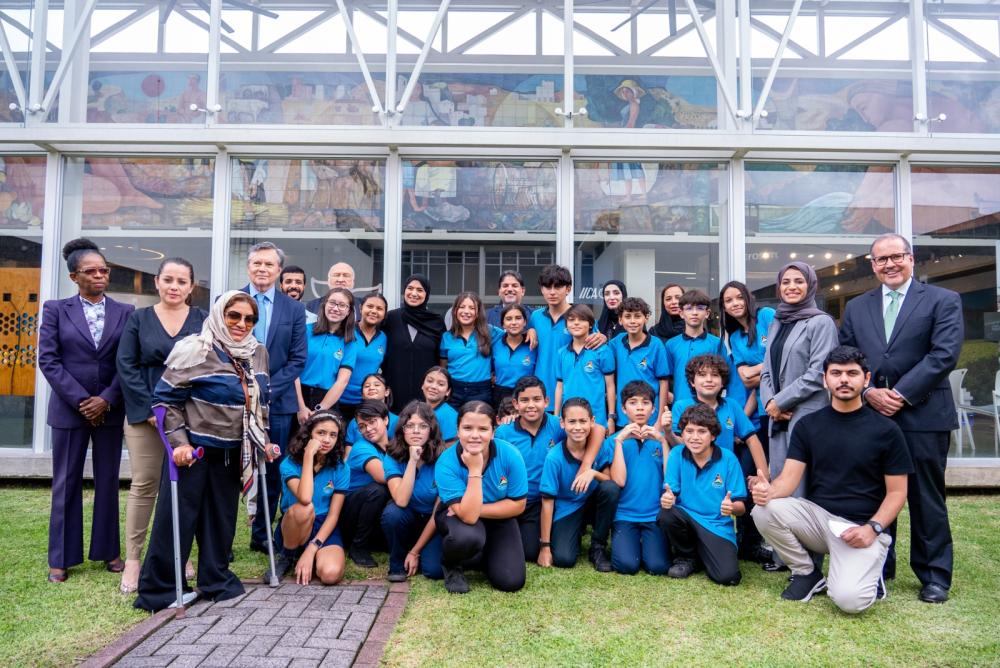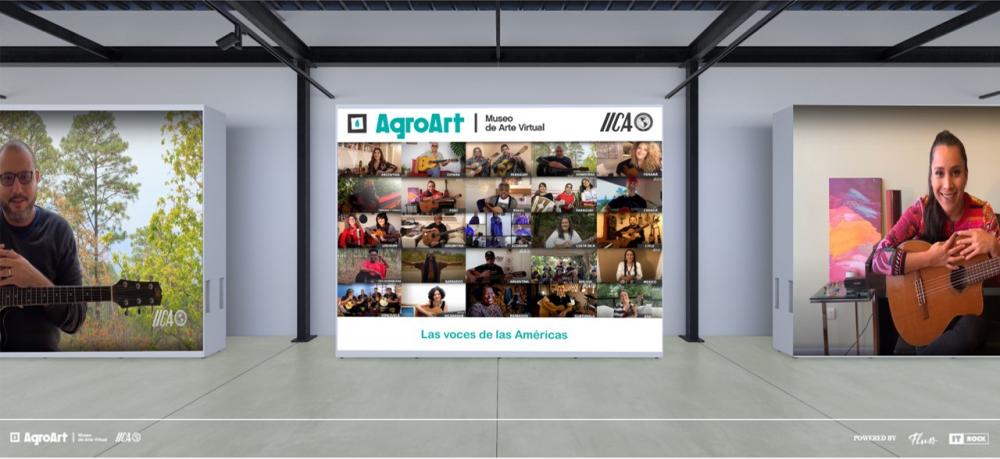Latin America and the Caribbean will receive the benefits of the agricultural research carried out by the centers in other parts of the world.

Punta del Este, Uruguay, November 1rst, 2012 (IICA). The Inter-American Institute for Cooperation on Agriculture (IICA) and the Consultative Group on International Agricultural Research (CGIAR) are to consolidate their partnership by means of a work plan designed to channel research projects carried out by the CGIAR centers in other parts of the world towards the Americas, and increase the benefits of the research undertaken by the four centers in this hemisphere.
The agreement forms part of the alliances being promoted at the Second Global Conference on Agricultural Research for Development (GCARD2), which has been taking place this week in Punta del Este, Uruguay. The decision was reached by the Director General of IICA, Víctor M. Villalobos, the Chair of the CGIAR, Carlos Pérez del Castillo; and the CEO of the Consortium Leadership Team, Frank Rijsberman.
The work plan will be presented officially to the Ministers of Agriculture of the Americas at the next meeting of the Inter-American Board of Agriculture (IABA), due to be held in Argentina in 2013.
Villalobos stated that the partnership would afford the countries of the hemisphere easier access to know-how and the germplasm banks located at the research centers, while the latter would have more direct contact with the region’s Ministers of Agriculture, given IICA’s close working ties with the senior agricultural officials of the countries.
In 2011, IICA entered into a cooperation agreement with the four CGIAR centers based in the Americas: the International Center for Tropical Agriculture (CIAT), the International Maize and Wheat Improvement Center (CIMMYT), the International Potato Center (CIP), and the International Food Policy Research Institute (IFPRI). Altogether, the CGIAR has 15 centersworldwide.
“Based on this negotiation between IICA and the CGIAR, smallholders in Latin America and the Caribbean will be able to reap the benefits of the research conducted by the CGIAR centers not only in this region, but also in the rest of the world. They will have an innovation tool at their disposal,” the Director General of IICA concluded.
The CIP is located in Lima, Peru; the CIAT in Cali, Colombia; the CIMMYT in Texcoco, Mexico; and the IFPRI in Washington, USA. The other CGIAR research centers are located in Europe, Asia, and Africa.
For more information, contact:
arturo.barrera@iica.int

